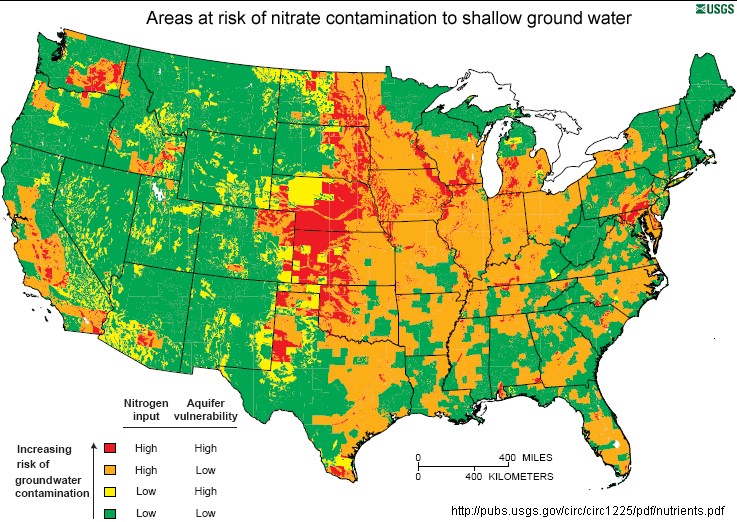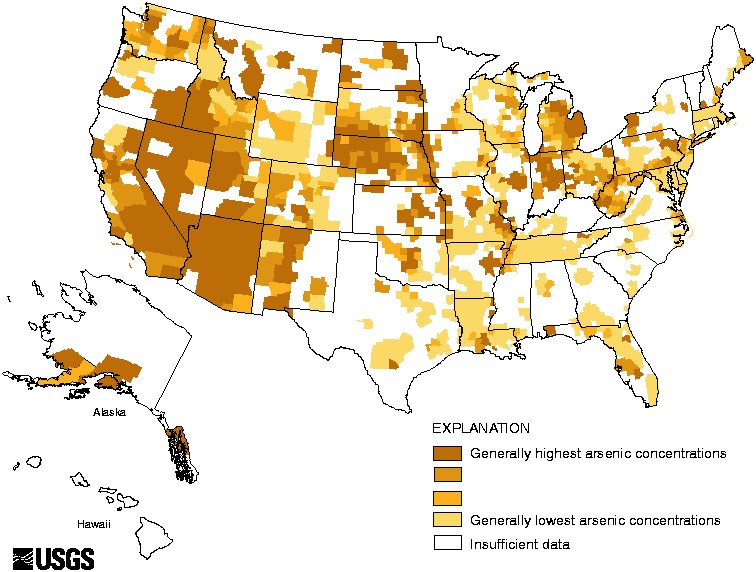Human Water has taken initiative to determine the level of contamination and remedial actions of two major pollutants in drinking water supply from non-regulated private wells.
can supply clean drinking water for one family

Nitrate is a major water pollutant in the United States. It is a priority water quality issue because of its potential to cause blue baby (methemoglobinemia). Many investigators have found evidence of birth defects and gastric cancer due to ingestion of nitrate contaminated water. Fertilizer is the major source of nitrate in water resources. In the United States the Maximum Contaminant Level (MCL) for nitrate in drinking water is 10 ppm.

Arsenic is a toxic chemical that occurs in soil, sediment, water and environment by both natural and man-made activities. Arsenopyrite and other arsenic bearing minerals present in the aquifer sediments release arsenic by oxidation of atmospheric and dissolved oxygen in water.
Consuming arsenic contaminated water, foods and inhalation of arsenic dust particles causes numerous diseases such as lung cancer, bladder cancer, skin cancer, prostate cancer, kidney cancer, nasal cancer, liver cancer, stillbirths, post-neonatal mortality, ischemic heart disease (heart attack), diabetes mellitus, nephritis (chronic inflammation of the kidneys), nephrosis (degenerative kidney diseases), hypertension, heart disease, emphysema, bronchitis, chronic airway obstruction, lymphoma (tumors in lymph nodes) and black-foot disease.
Arsenic is also suspected to contribute to various other cardiovascular, pulmonary, immunological, neurological, peripheral vascular and endocrine diseases In the United State about 45 million people consume water from 15 million unregulated private wells. The Maximum Contaminant Level for arsenic in drinking water is 10 ppb. SHARE THIS:
Copyright © 2024 Humane Water. All Rights Reserved. Business Website Design & Hosting by Alpha Net. Powered By Alpha CMS